Twisted Electrons says goodbye to its SID chip-based 8-bit hybrid desktop Synthesizer TherapSID with a new revised MKIII version.
There are endless different sounds. From soft, floating like clouds timbres to aggressive ones full of harmonics… A complete community has even formed around the 8-bit sound generation. These are the dirty, aggressive timbres generated by old gaming consoles, computers, etc.
One of the most well-known chips are those from the Commodores available back in the 80s. Some synth companies have not stopped there and developed completely new instruments based on these chips. Among others, the Elektron SIDStation, Mode Machines SID, and the Therapsid from France Boutique developer Twisted Electrons.
All three instruments are sold out, but one doesn’t want to retire. With ThearpSID MKIII, Twisted Electrons presents the final and last version of its desktop SID Synthesizer.
Twisted Electrons Therapsid MKIII
Yes, the Therapsid is back. Above you can see the MKII version as there are no high-resolution pictures of the new version yet. But that doesn’t matter, the changes are rather minimal.
According to Twisted Electrons, they upgraded the output jacks from 1/8″ to 1/4″, and the MIDI jacks from 1/8″ to DIN5. Plus, Therapsid MKIII benefits from a new power switch on the backside.
The MKII In New MKIII Clothes
What has stood the test of time should be retained. That’s what Twisted Electrons thought as well and left everything as it was. The TherapSID MKIII engine is again based around the sound interface devices (SID) used in the Commodore 64 and other early home computers during the 80s.
It’s again a 3-voice paraphonic synth with three oscillators, each with 4 selectable waveforms, pulse width, tune, fine and glide controls. Additionally, you can work with sync and ring mod on each oscillator.
Then, it has a multimode analog filter with various modes (LP, BP, HP, LP+HP) with the option to assign it to each voice individually. This gives you a lot of flexibility for routing.
Modulation side, you get three envelopes so one for each voice as well as three MIDI syncable LFOs with rate and depth controls. Nice, you can also assign the LFO to an ADSR envelope. Thanks to this configuration, you can also play three voices separately using different MIDI channels. Thus you have three synths in a single device. It also has a unique Multi-SID mode that gives you 4 stereo fat modes for mismatching different SID types.
Not to forget, it also hosts an arpeggiator with 4 auto modes and manual scrubbing as well as a handy preset randomizer. Yes, the TherapSID MKIII is capable of storing patches and comes with 100 presets for instant 8-bit satisfaction.
On the backside, you get a power supply input, two inputs, and outputs, CV/gate control with dedicated inputs, MIDI in/out on DIN5, as well as three CV inputs for overriding the LFO. Perfect for more wild things. The MIDI output serves for preset dumping, the arpeggiator data, and CC control (all knobs/buttons). According to Twisted Electrons, it also comes with a free VST editor for your DAW.
Where Are The Chips?
Before you hit the buy button, you should know that the Twisted Electrons don’t include SID chips in the TherapSID MKIII. The reason is simple, they ran out and can’t just reorder them like usual chips. Yes, these are currently in short supply. Ask Uli, he can tell you a long good night story about missing chips.
TE says the new Thearpsid is compatible with all variations of the SID chip including 6581, 8550 (6582) & Swinsid. And the installation is so simple that they leave it up to the customers themselves.
I’m glad to see that the TherapSID is now available in a final MKIII. Especially its unique timbre and hands-on interface with 33 buttons and 35 knobs make it a very tempting desktop synth.
Twisted Electrons TherapSID MKIII is available now for 474€ + VAT from the official website.
More information here: Twisted Electrons

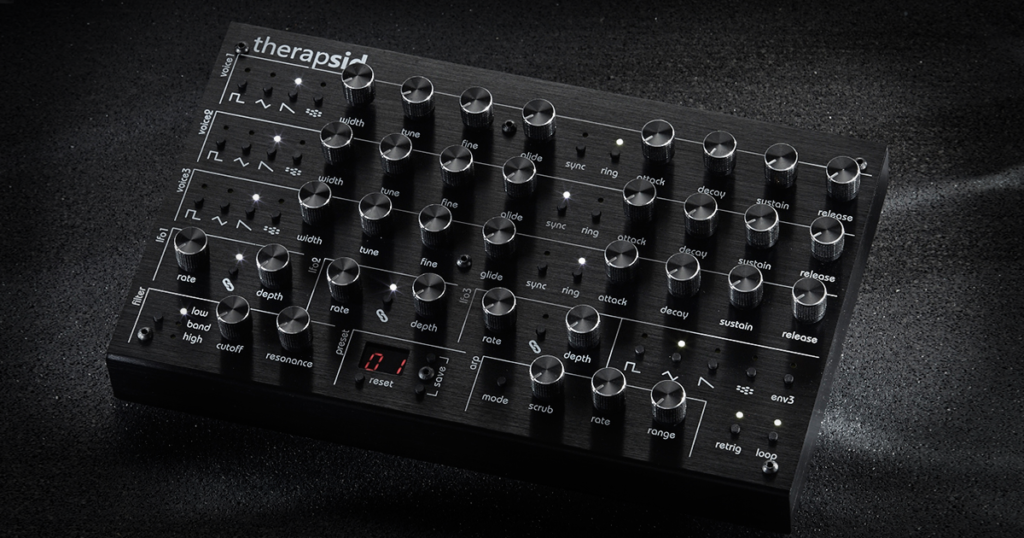
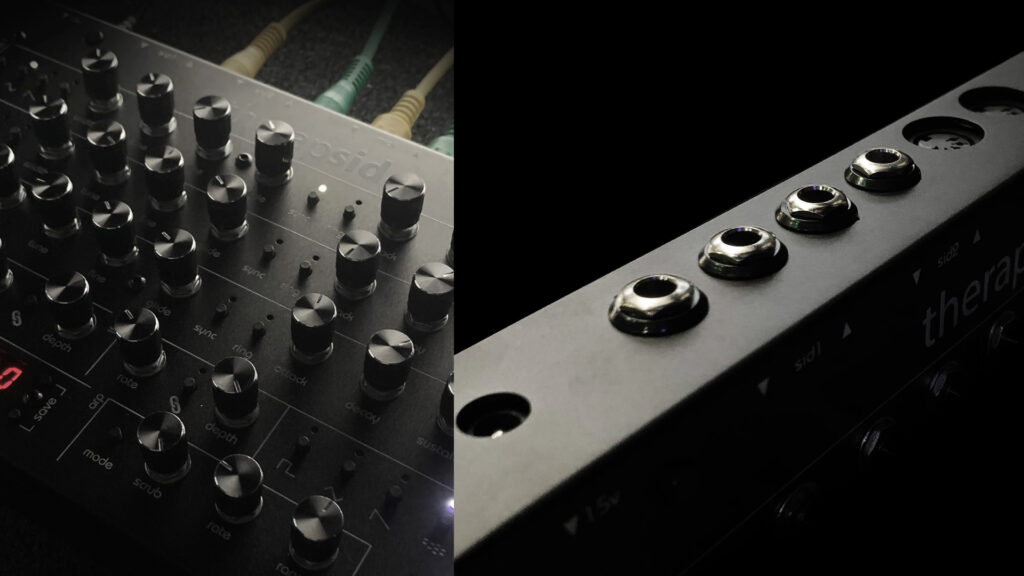
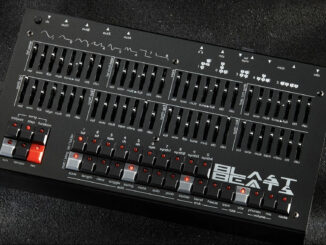
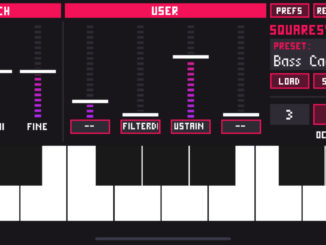
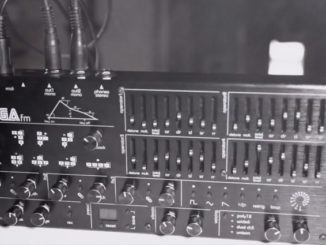
It’s nice to have knobs, but you get a lot more control, stability, and ease-of-use by using Impact Soundworks’ inSIDious plugin instead. It’s also orders of magnitude cheaper and you don’t have to source an increasingly-scarce SID chip.
Many people want to use hardware in their studios with knobs, and direct controls instead of working with a mouse, etc. Software is less expensive sure but it’s a completely different way of working. Both hardware and software are great to have and it’s good that people can choose what they prefer using.
If you used a sid chip to make music in the original C64, you actually had to learn to input hexadecimal commands, and a keyboard controlled tracker was your only aid in doing those sounds. I know because i tried to do actual music on a c64 back in the day. Compared to that, a mouse and a full color lcd with hd graphical guis are not so bad as interfaces, after all. Knobby controllers are even more immediate, but I must add that if you use the sid inside an average analog style controller module, it will not sound like the classic tunes, that was all tracker wizardry, in that regard inSIDious is a far better choice.
Take a look at new amazing cartridge: TeensyROM, It makes Your Commodore 64 to be a synthesizer!
Absolutely, the original sid chiptunes are only part sid, the other part is that it was connected with a cpu which was hammering out the various effects by quickly manipulating the sid registers & changing waveforms, parameters on each tracks individually to achieve fantastic sounding music tracks. its not really possible to set up complex presets with therapsid, its more of a purist 70s analog synth approach. for complex sid samples a midibix sid (sammich or 6582) is much better choice, and for the ultimate sid hacker you just have to use a tracker. That being said, i used to have an MK II and my MK III is on the way, I’m going to include it in my live setup.